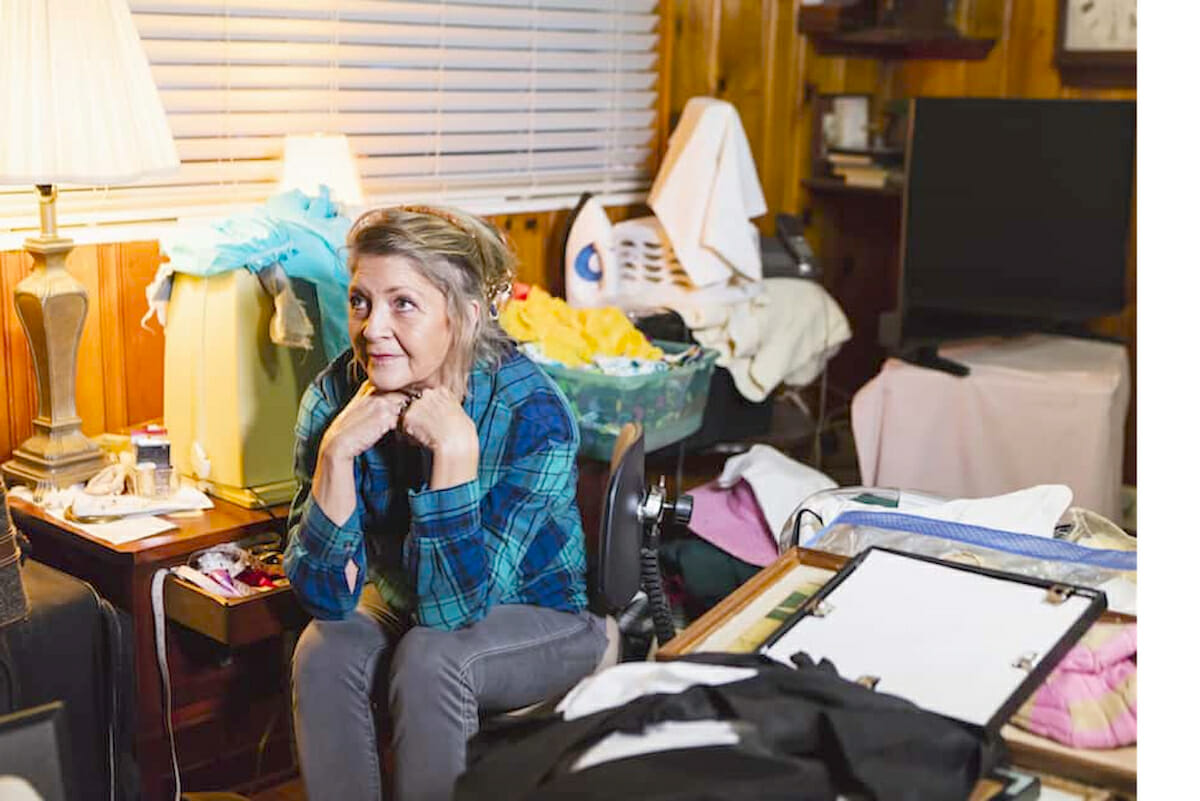Our environment plays a significant role which is often overlooked when looking at the health factors. Here are suggestions to consider reducing your risk of heart disease and improve overall health:
Reduction #1: Filtering indoor air and water
You are what you breathe! Most of us spend more than 85% of our lives indoors, so that’s the best place to battle against heart disease. The first and easiest way to do this is eliminate the harmful microparticles containing pollutants that trigger cardiovascular disease. The USEPA has guidelines on this with the right air and water filtration for the home or office. On the flip side, if you don’t do this, indoor air quality can be up to eight times worse than outdoors due to concentration of particulates and gasses.
Reduction #2: Eliminating chronic noise
Sound off about bad sounds! According to a World Health Organization study, chronic noise is the second leading cause of premature death. Buildings can shield occupants from chronic outdoor noise like traffic. In schools, inexpensive proper placement of acoustic panels and sound deadening underlay on floors can cut noise while improving teaching and learning by reducing echo. If you’re a parent or a tenant in a building, ask the building managers to look into it.
Reduction #3: Use safe materials
It’s a material matter! Many toxins that can trigger heart disease come from indoor surfaces like furniture and floor and wall coverings as they wear off or release harmful chemicals. New standards like WELL show how to solve this problem by selecting safer materials when you’re doing a renovation. Likewise, make sure your ventilation system motors don’t deliver toxic off-gassing into the indoor environment.
Reduction #4: Safe cleaners
Everyone can do this. A major cause of poor indoor air quality is toxic cleaning ingredients. A city environmental engineer once told me, “There’s no point investing in a building designed for healthy air if you end up with unhealthy maintenance”. This has only gotten worse due to the rush to use disinfectants during the COVID pandemic. There are lots of healthy cleaning products around and lots of sources to inform you about them.
Douglas Mulhall is a leading nanotechnology journalist who appears often on nationally syndicated talk shows in the US. As managing director of the Hamburg Environmental Institute, he co-developed methods now used by government agencies to measure environmental impacts. His book Our Molecular Future (Prometheus Books, 2002) describes how to use nanotechnology as a defense against tsunamis and other natural disaster risks. His disease prevention experience comes from pioneering water purification technologies in China and South America.
If you are interested in learning more about Douglas Mulhall and how building design can keep us healthy, visit https://www.thefreelibrary.com/Reass essing+risk+assessment%3A+the+que stion+of+whether+to+pursue+the…- a0111858031syndicated tal
Exclusive content from CARE magazine











